
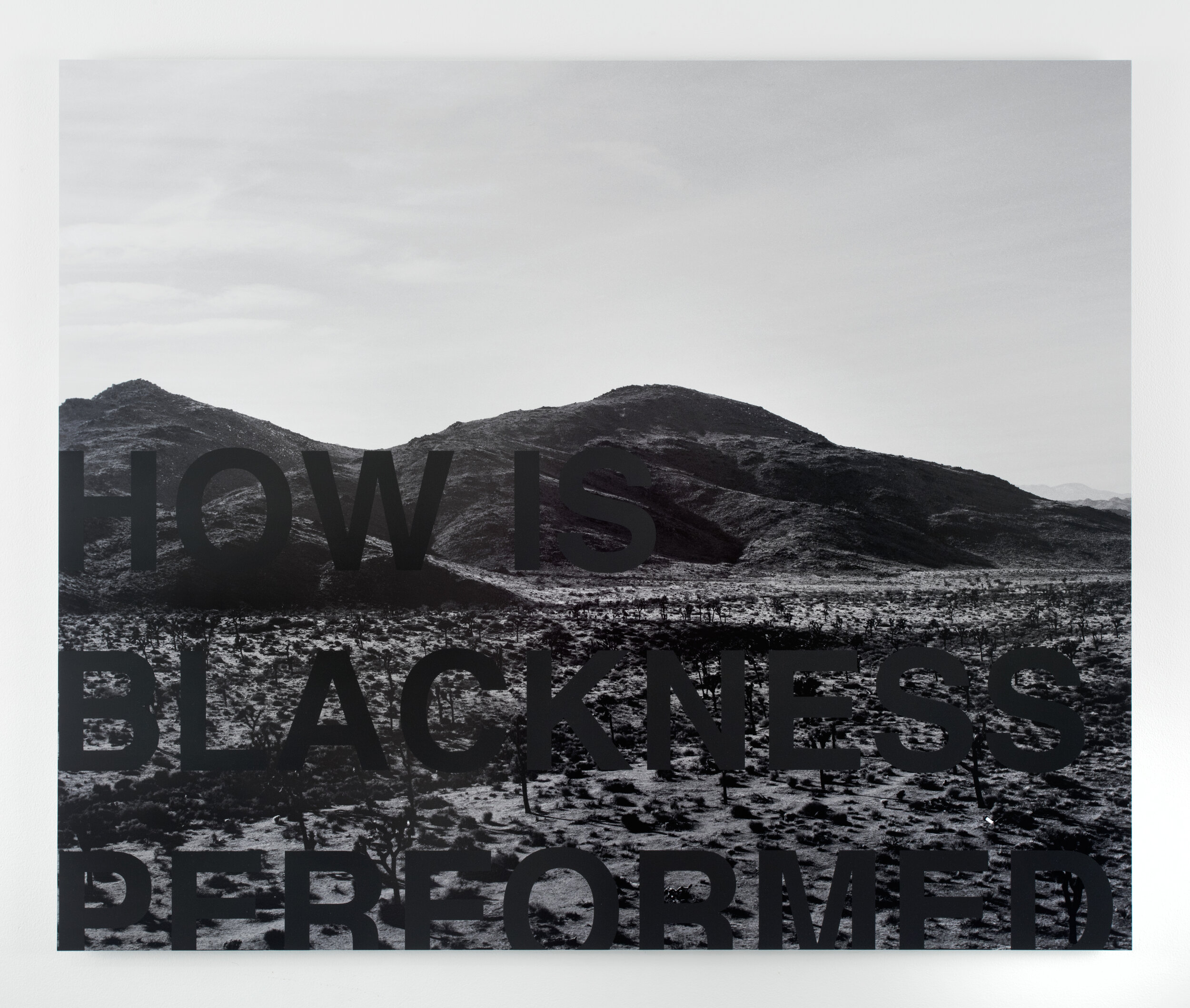
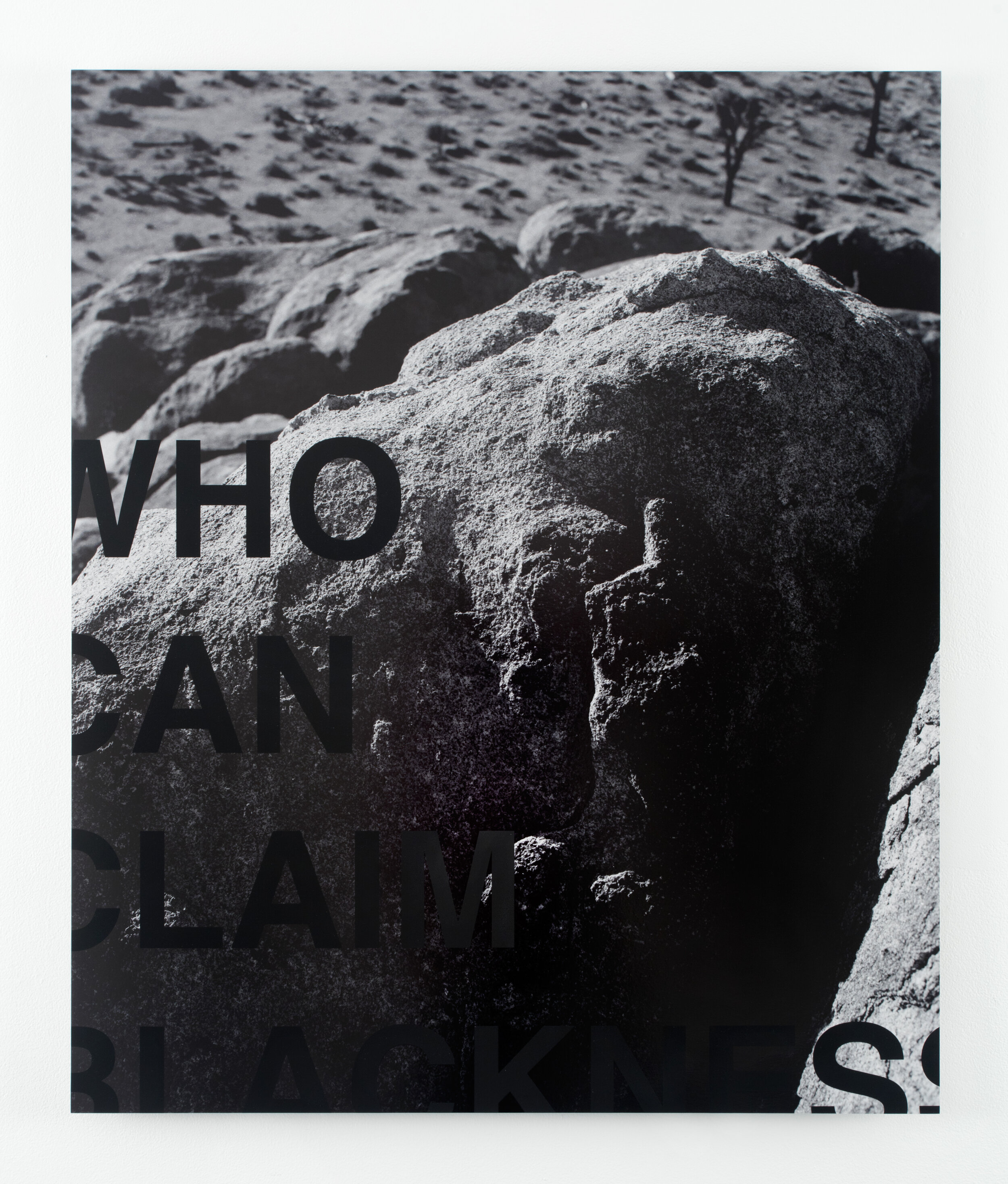






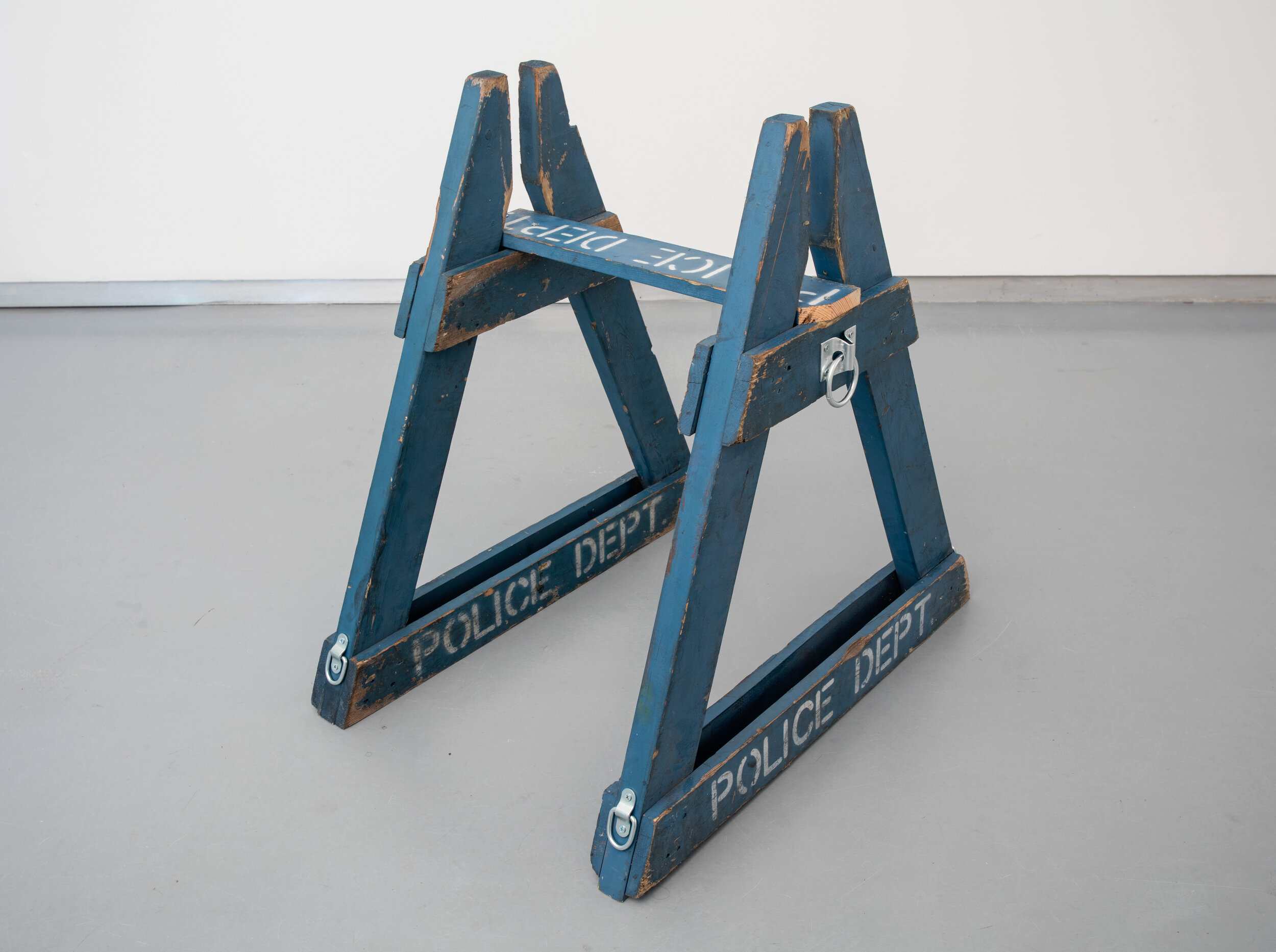

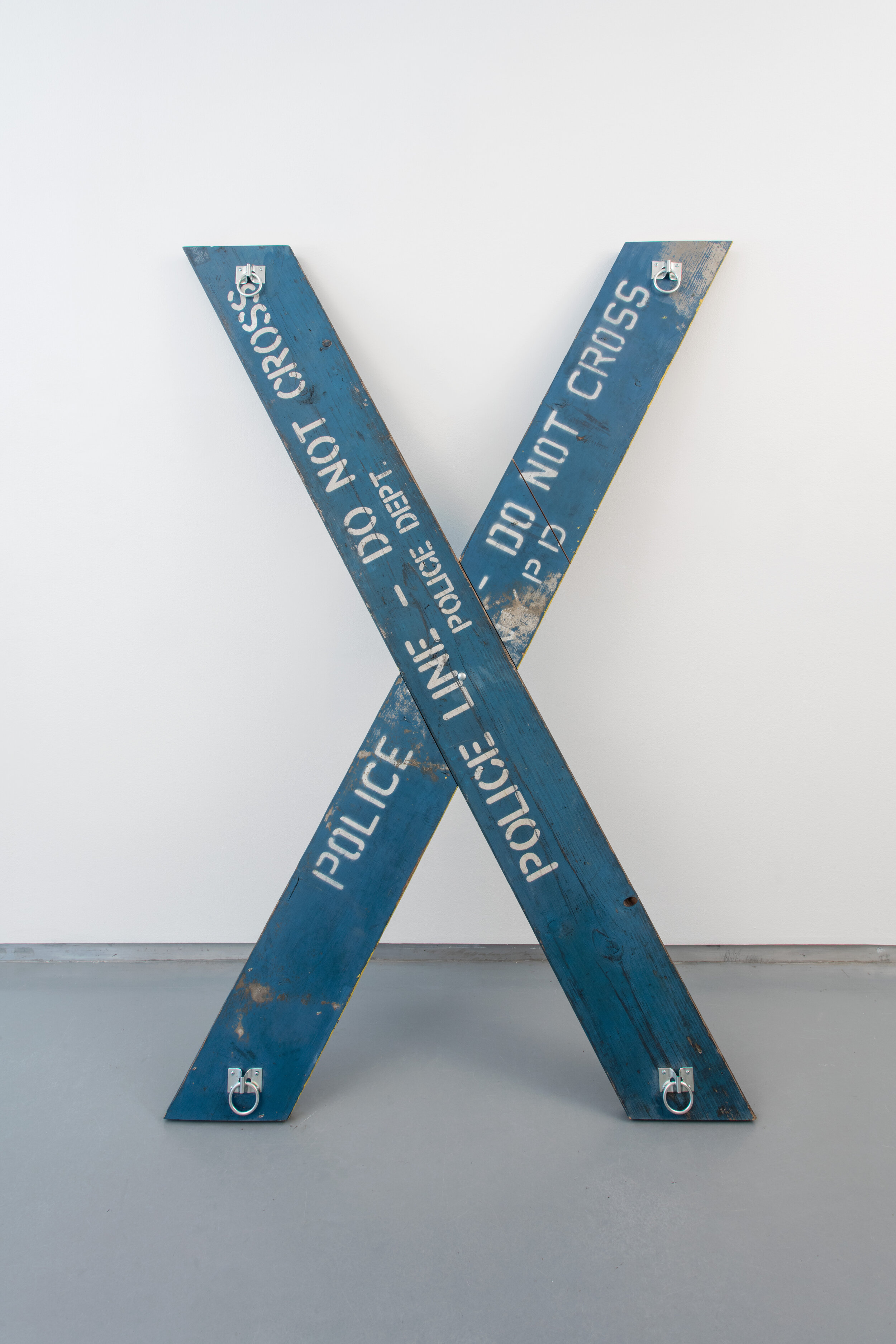
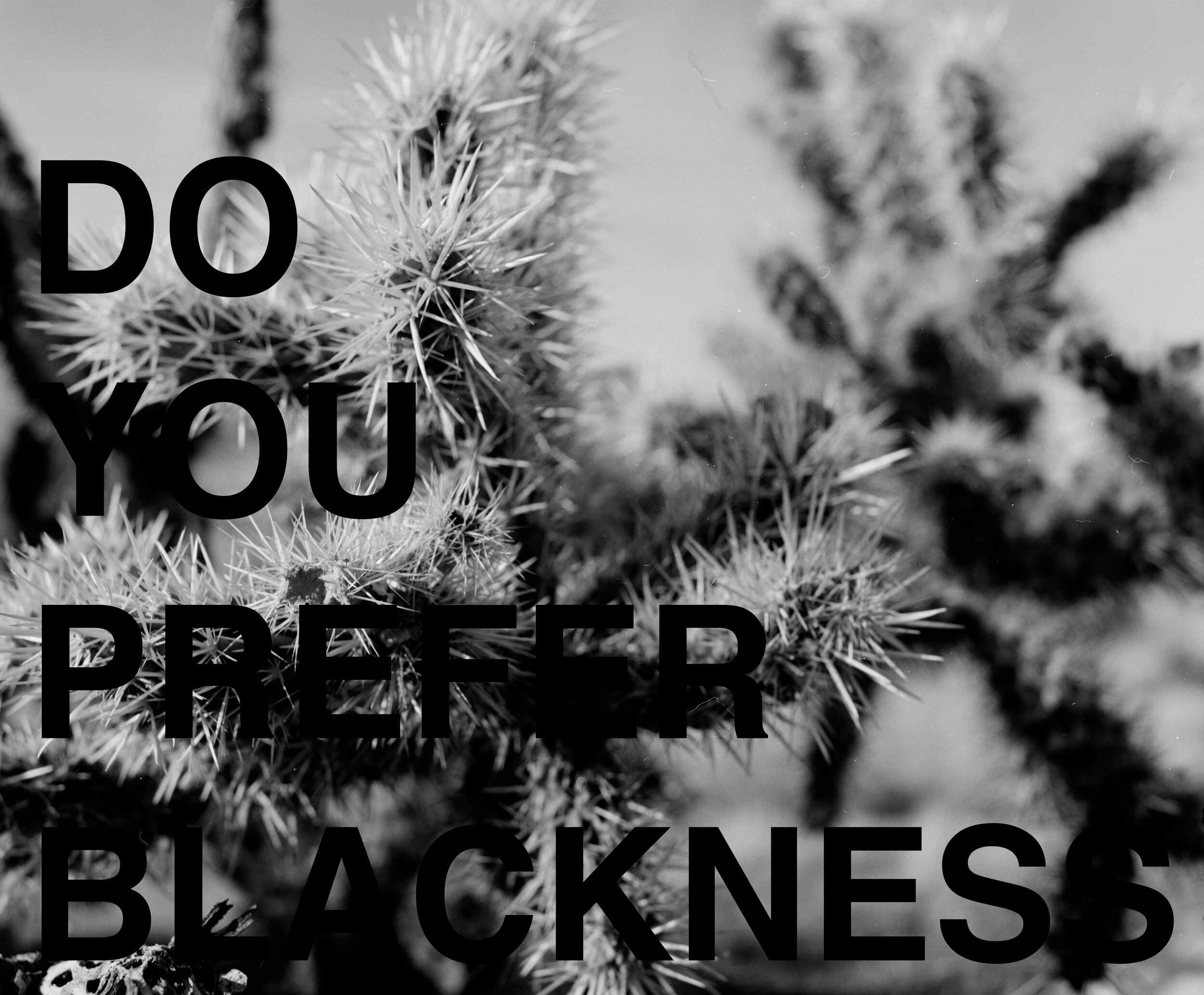
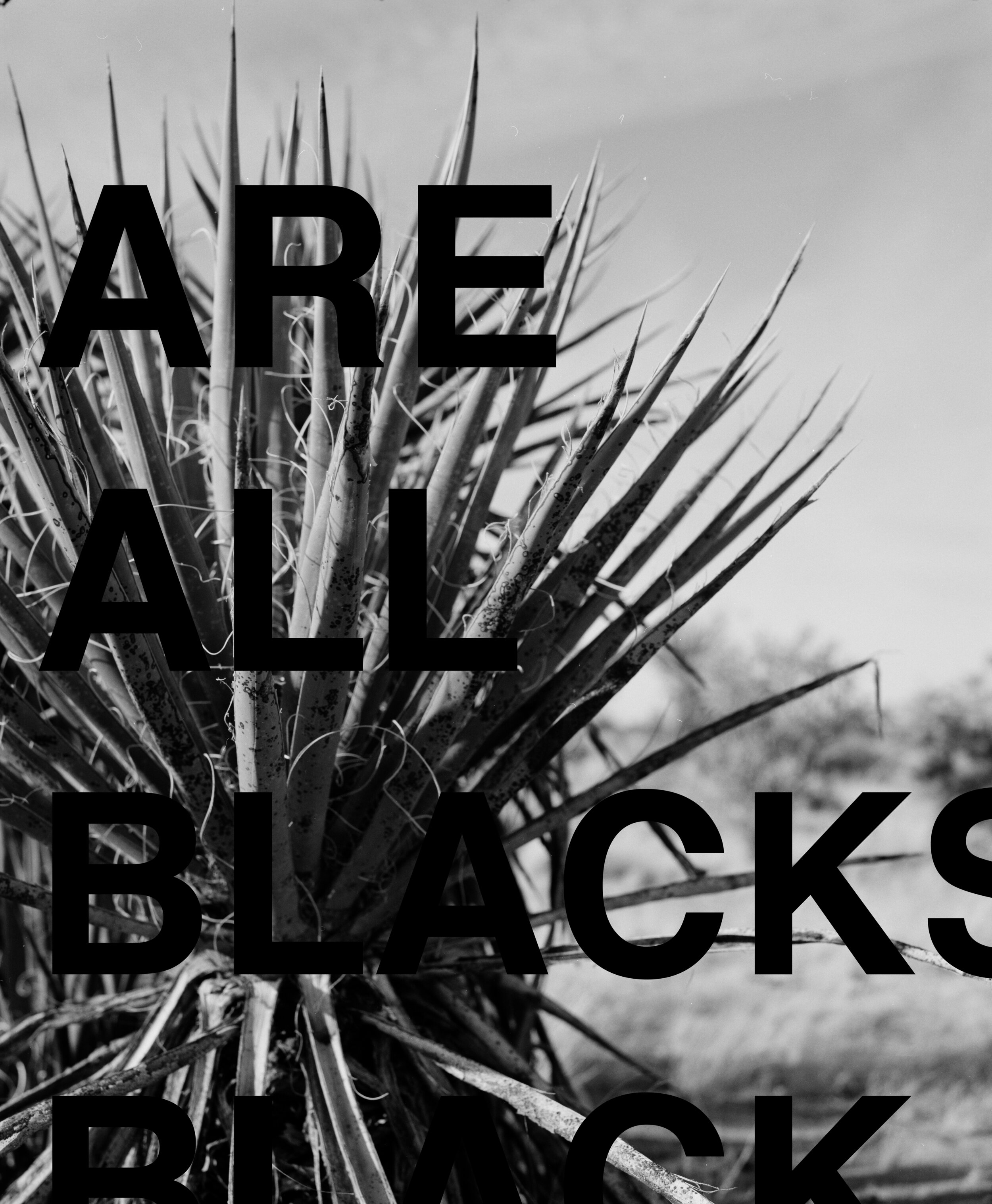
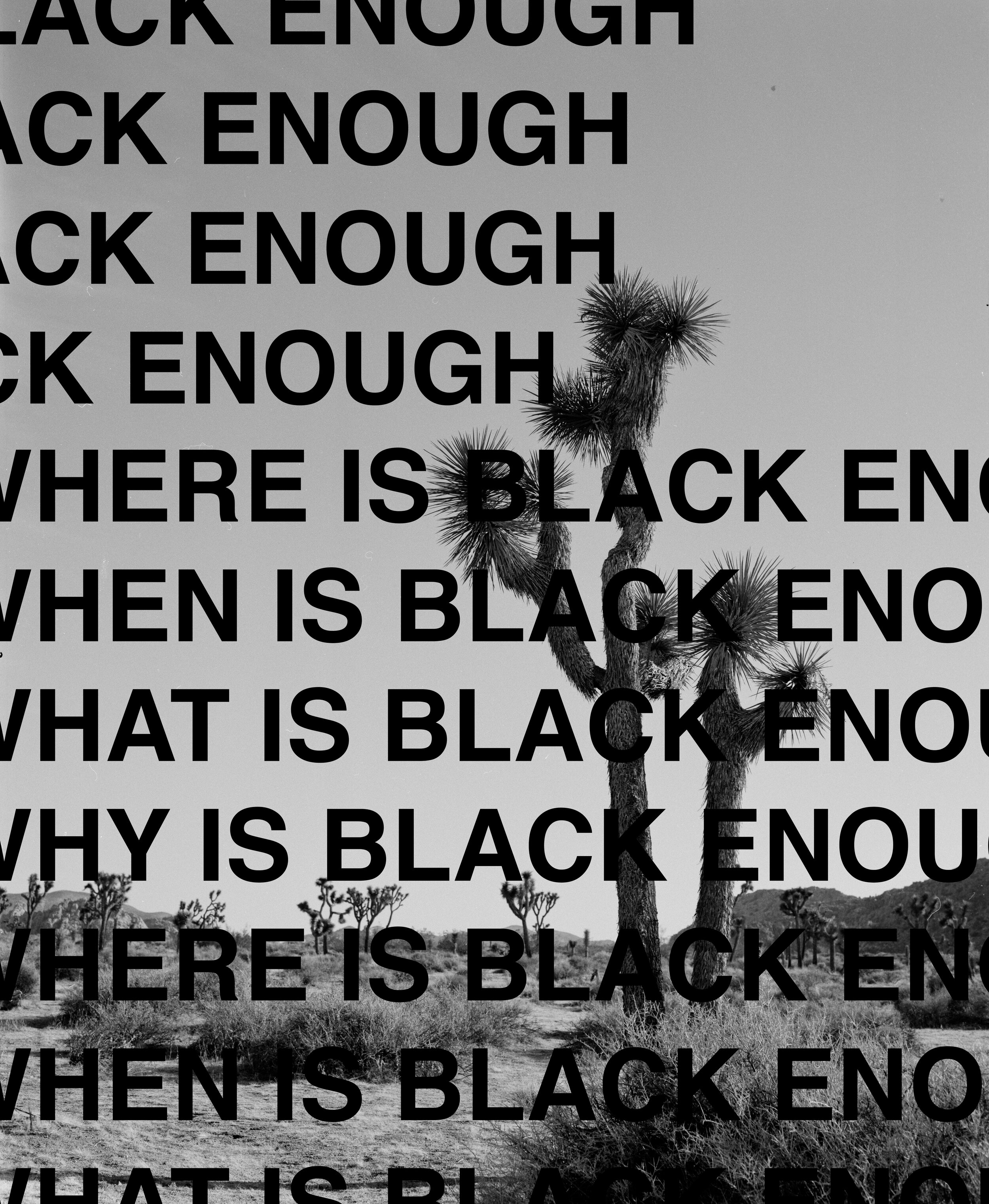
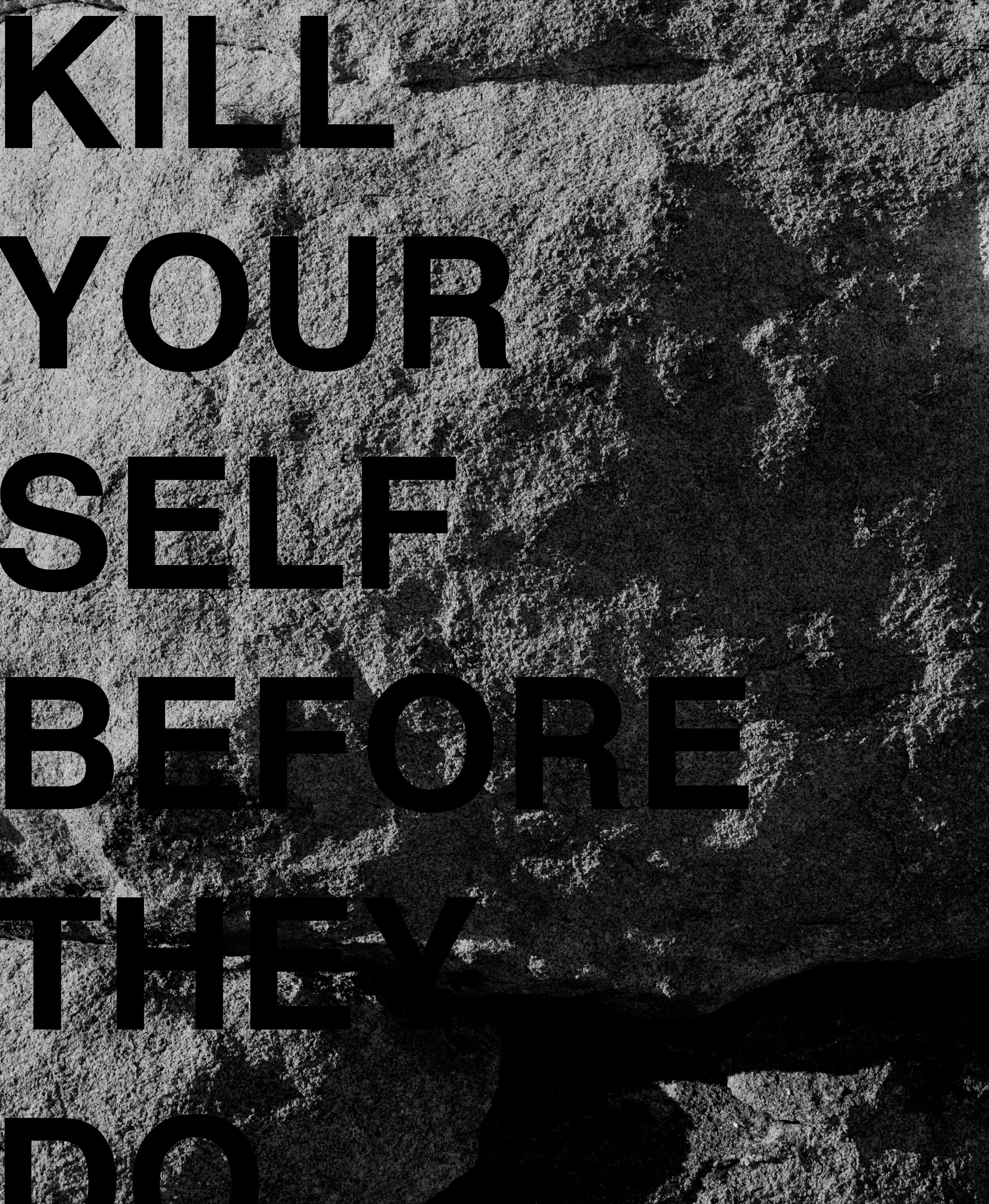

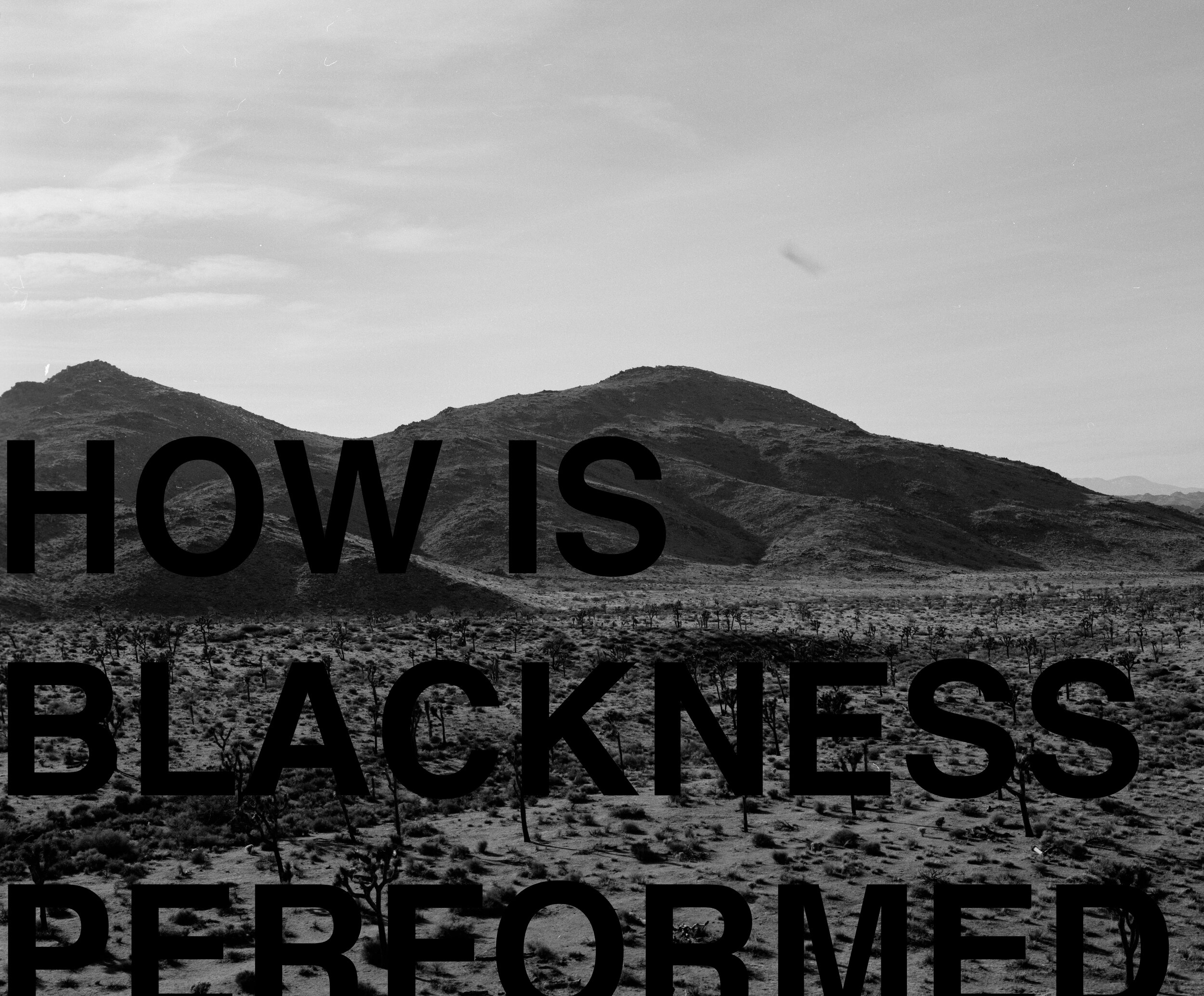
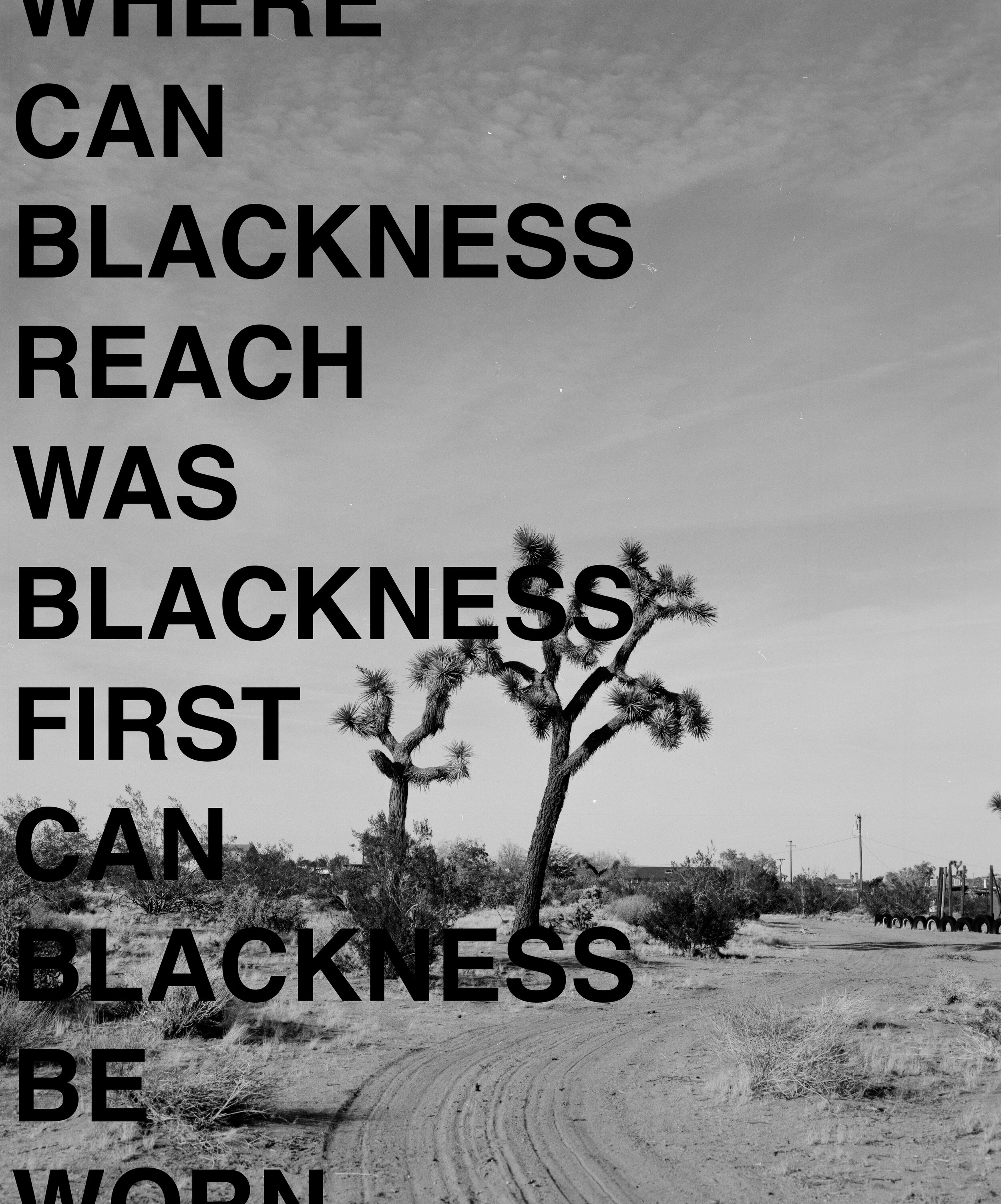

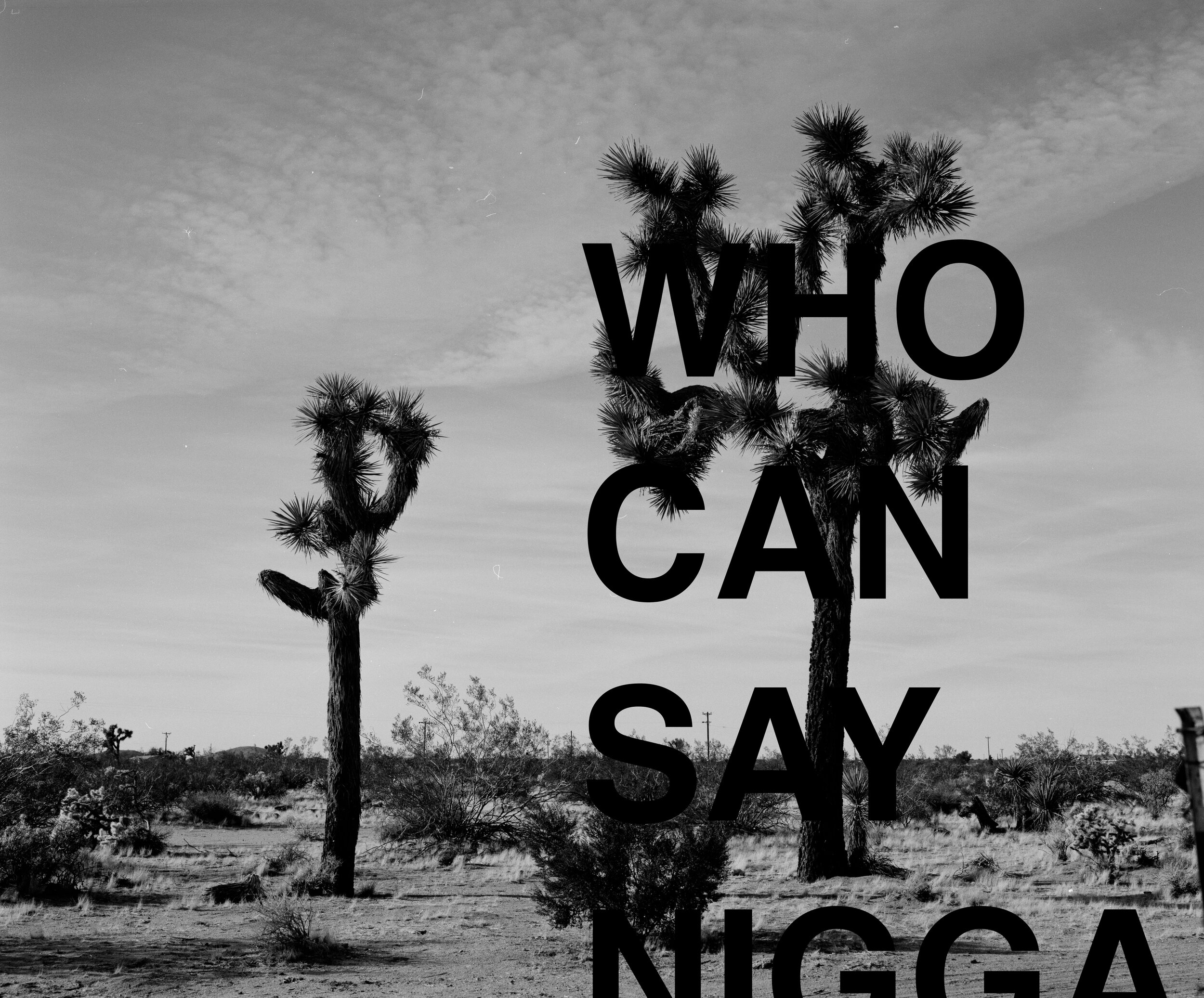
The project “BLACKNESS IS”, seeks to highlight and challenge nuanced ideas of Black identity through the presentation of questions and statements blended with landscape scenes of a desert, an environment known to be oppressive towards human life. Human ecology positions individual development in relationship to one’s environment and social context. Without properly analyzing social context, our identities, however fluid, cannot fully be understood, appreciated, or celebrated. This is especially relevant for Blackness, in the American context: with a past and present history of anti-Blackness, constantly and uniquely shifting presentation and manifestation over time, but remaining equally challenging to survive, much like the desert.
Many environments force individuals racialized as Black to engage in performative gestures, survival mechanisms, and create/maintain spaces of fictive kinship in order to maintain optimal mental health. This project invites one to consider “How do our environments support or prohibit identity development and positive mental health, particularly within the Black American experience? How are our many intersections of identity relevant as our bodies change environments, or as our environments change our bodies?”
“BLACKNESS IS” also speaks to an idea that I call, “body-as-border”. The border is a space, shifting over time, and functions as both a safety measure and doorway (entry and exit-point). A border never exists without agreements. As we define our ever-shifting identities, our bodies essentially mirror this border function. The text is deliberately placed off-frame, mis-aligned, and obscured, like many of our identities. Obviously, there is always more to our identity than what meets the eye, but we must investigate and understand larger group dynamics, sociohistorical patterns, and systems if we truly wish to comprehend our individual relations at a micro level.
STUDIO NOTES
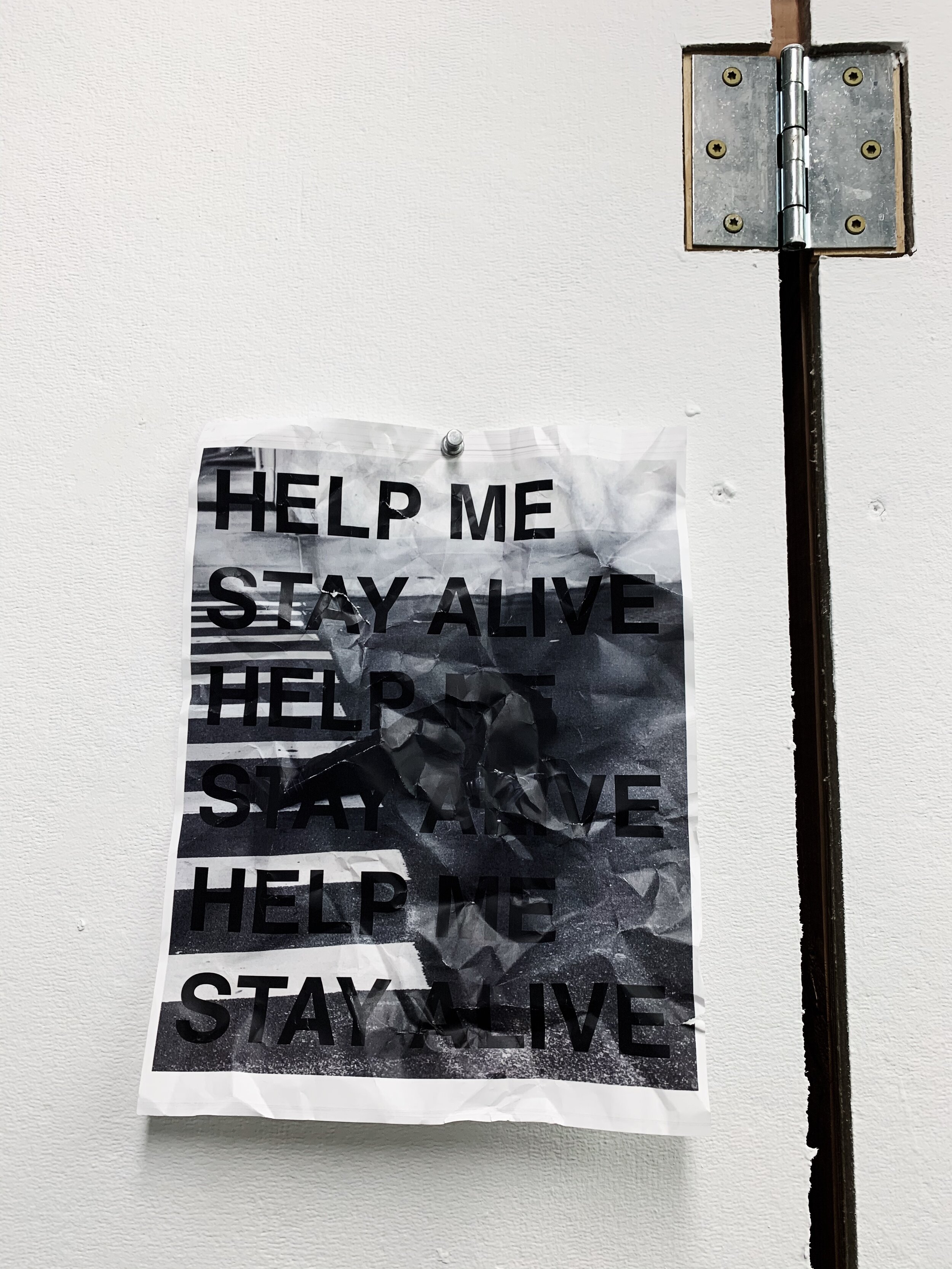
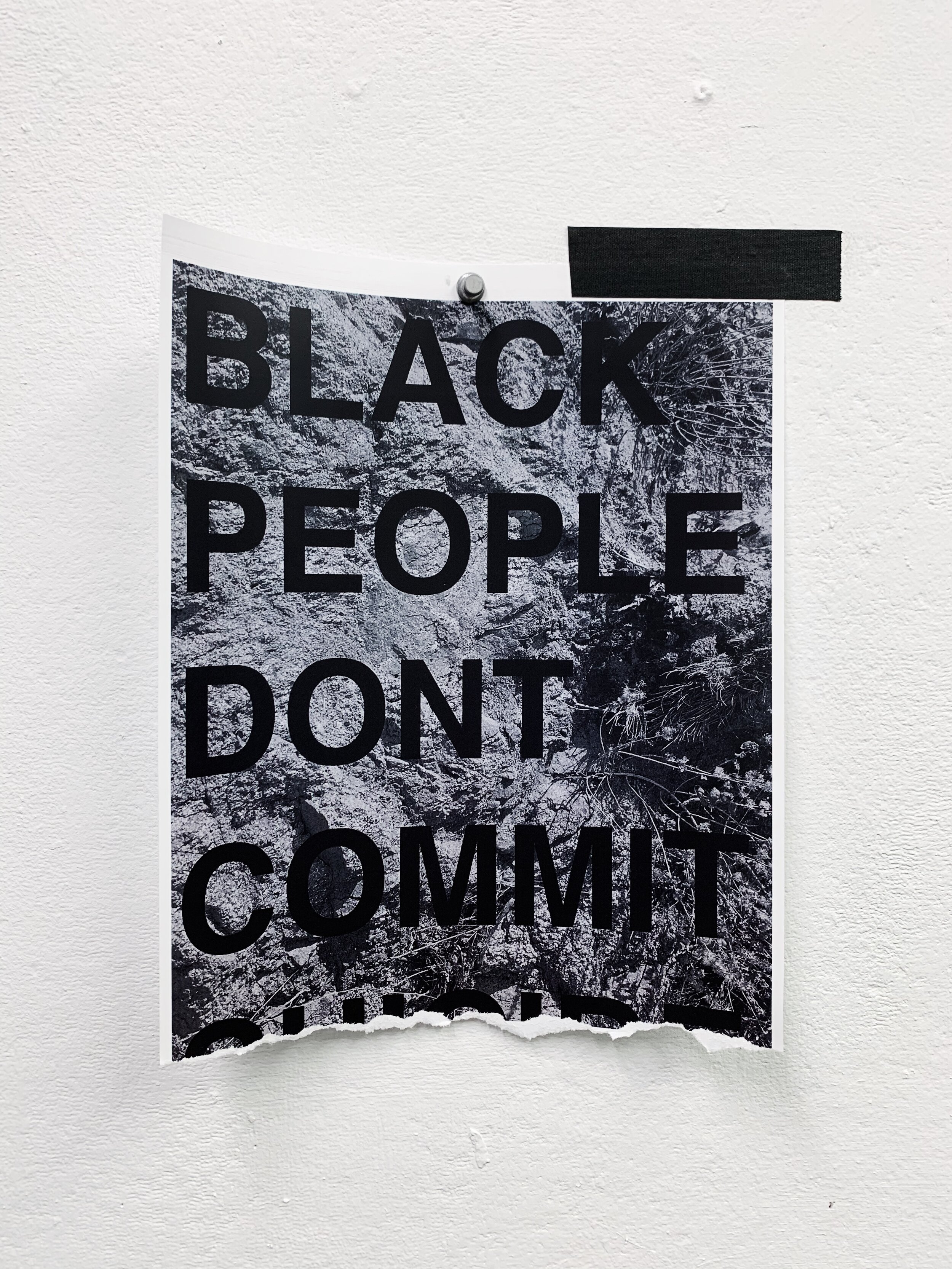

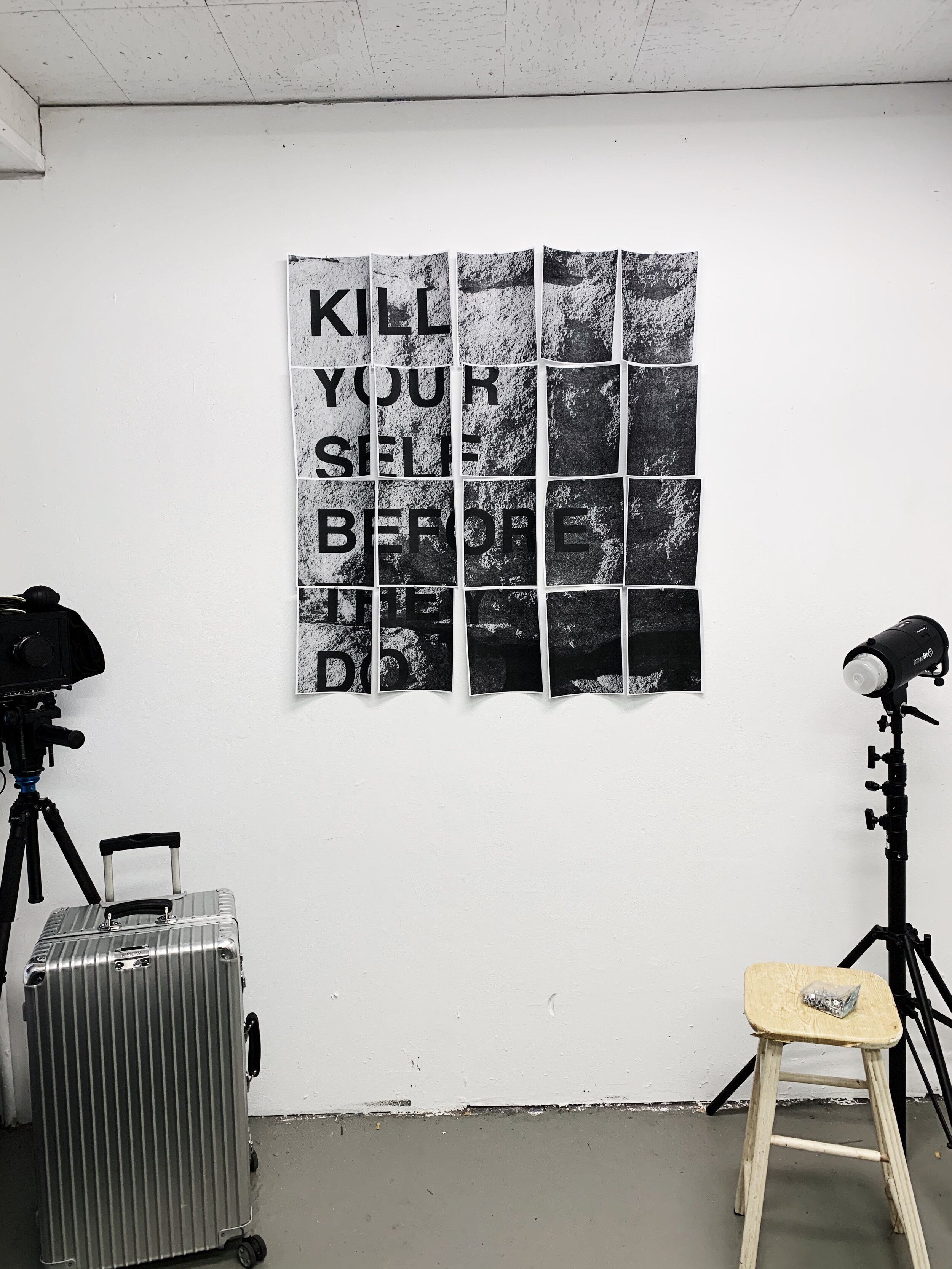
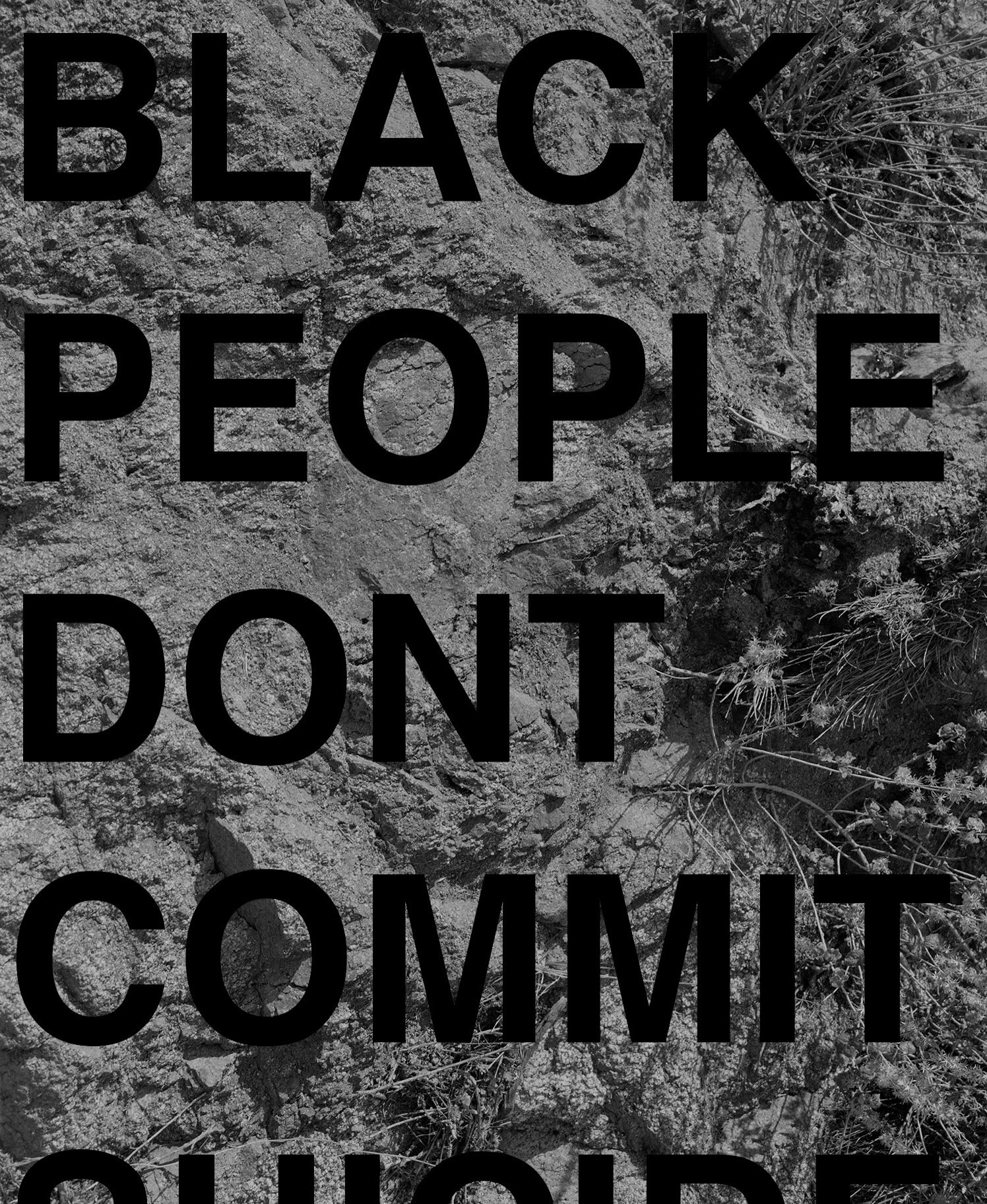

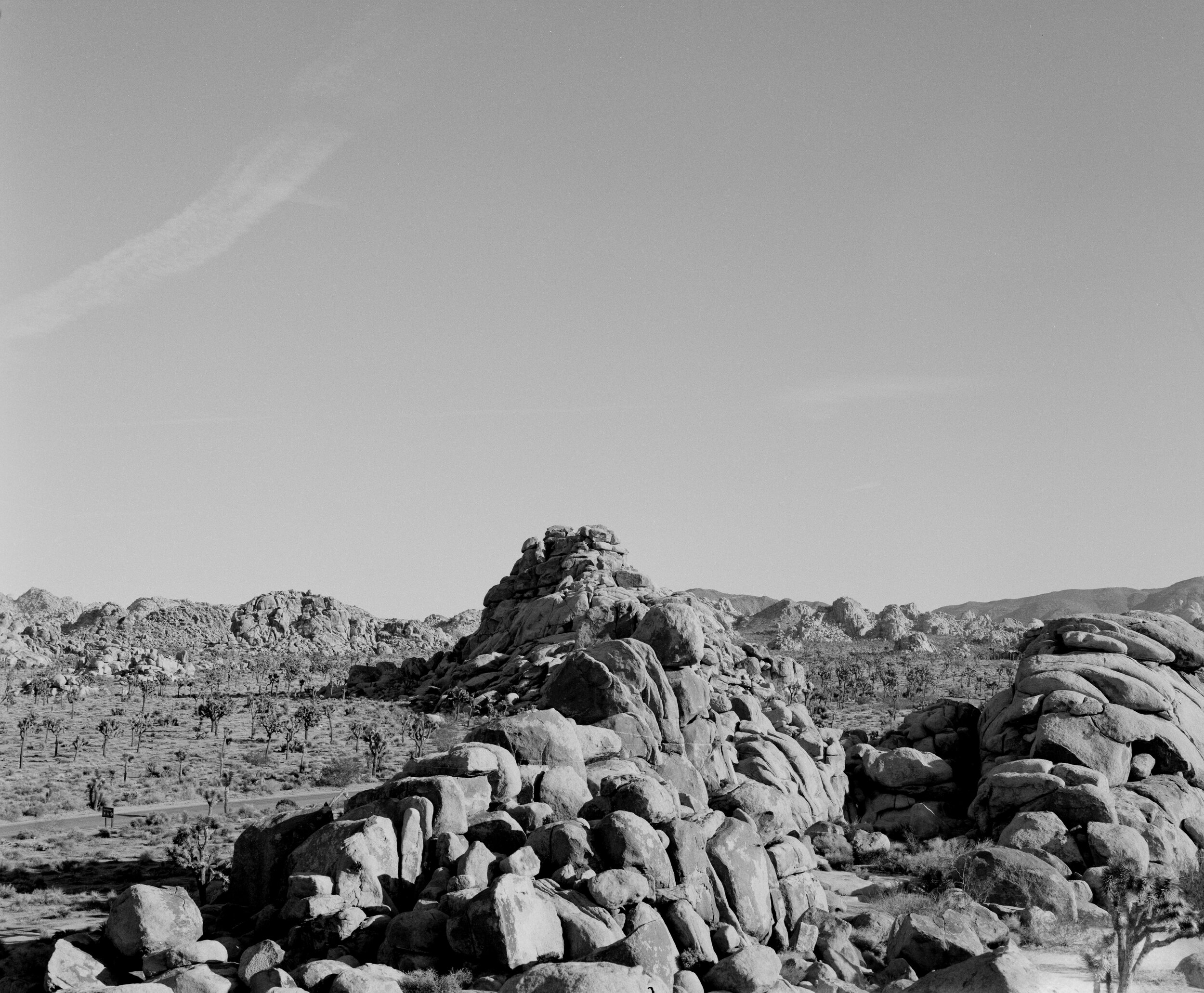
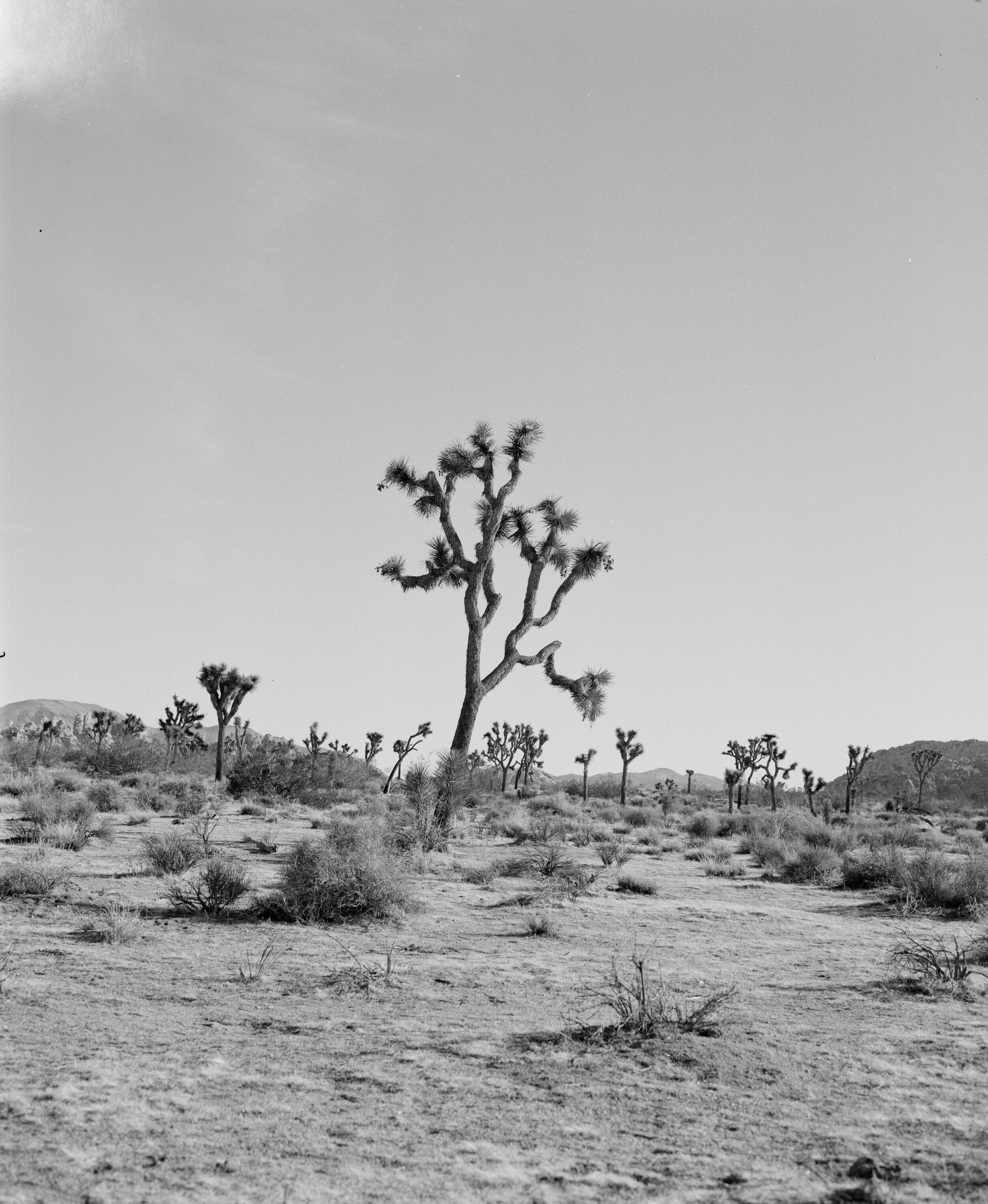
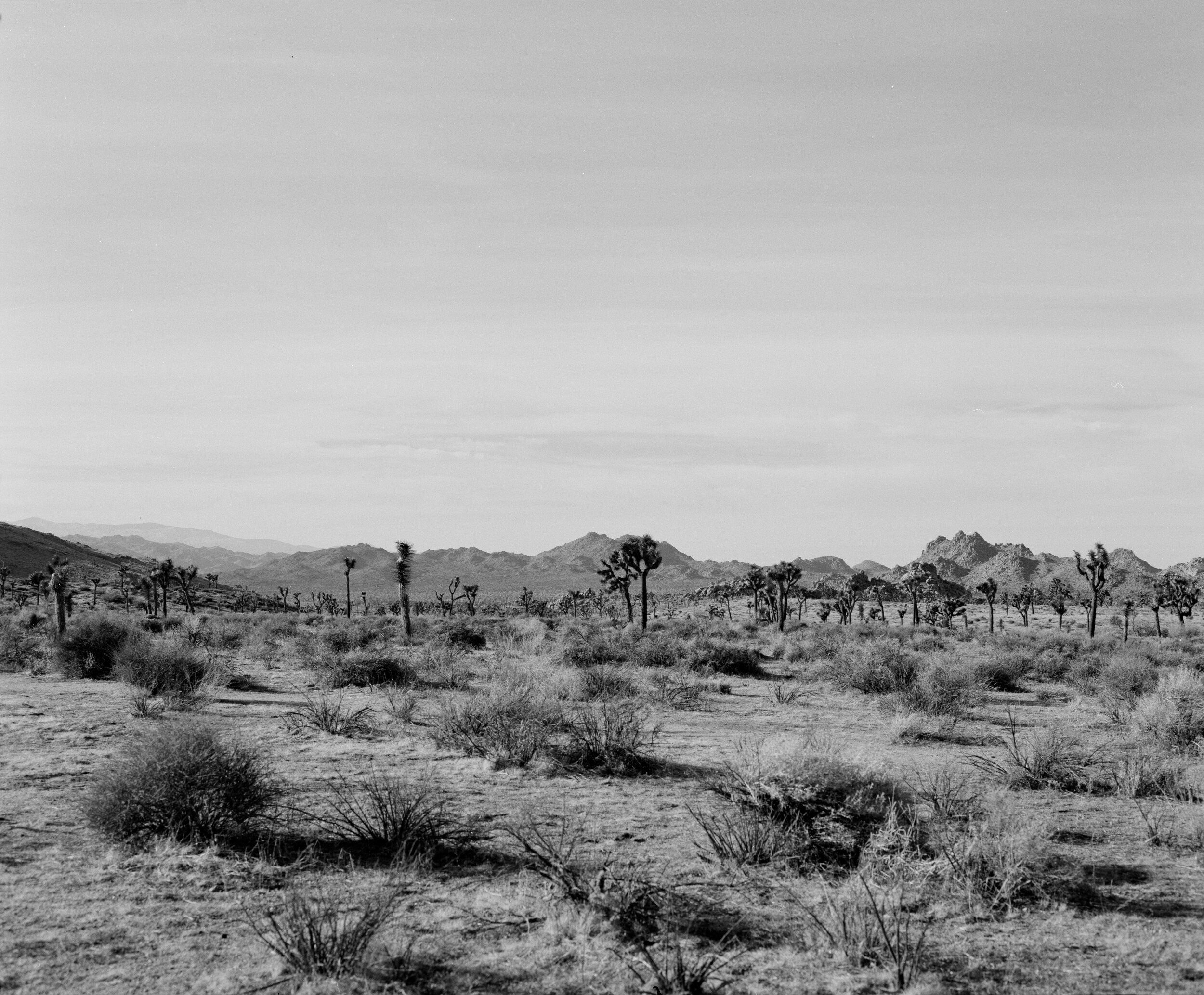
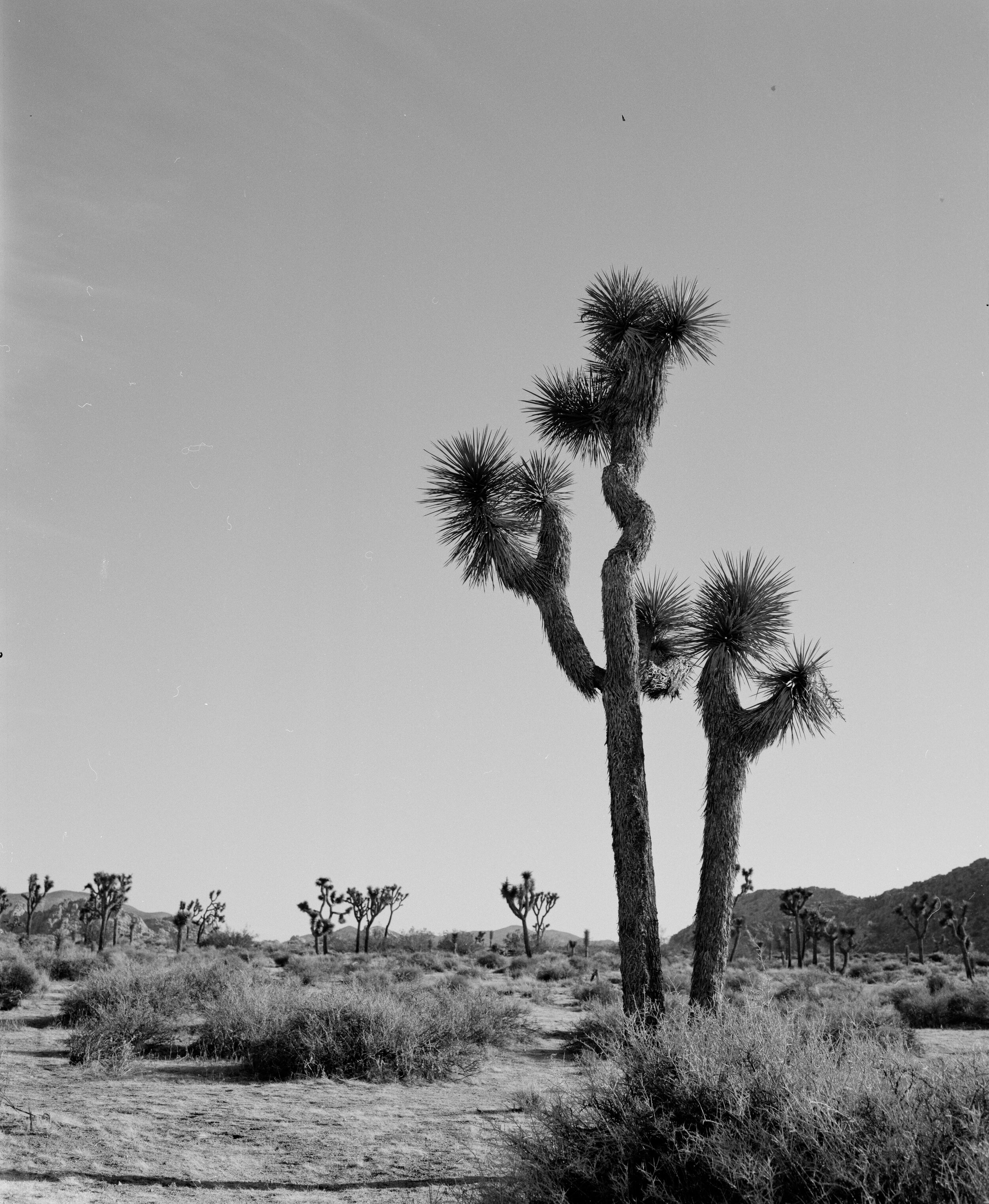
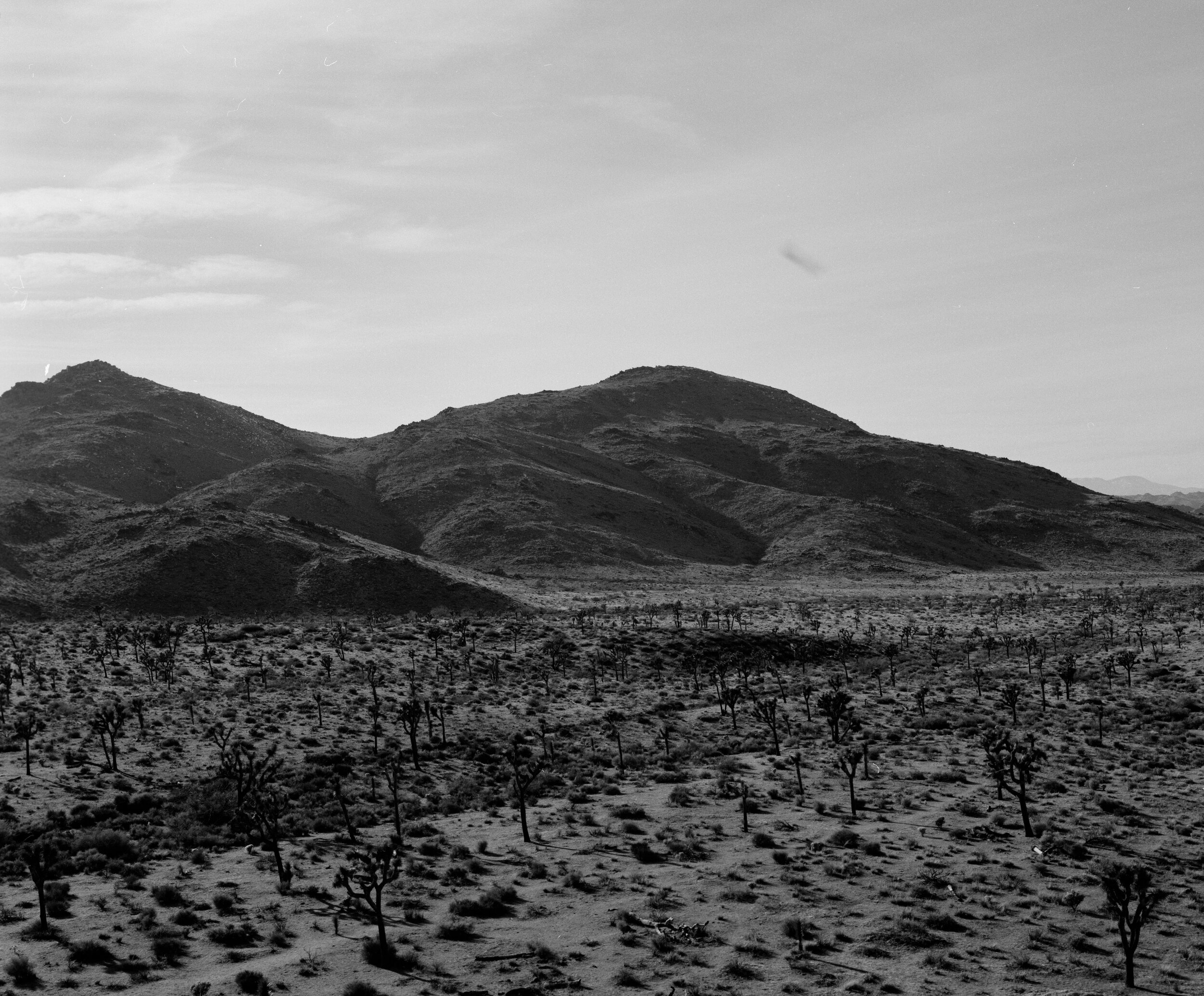
SCANS







